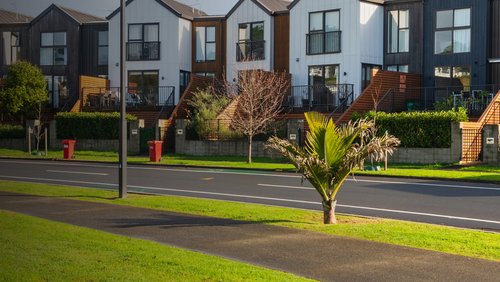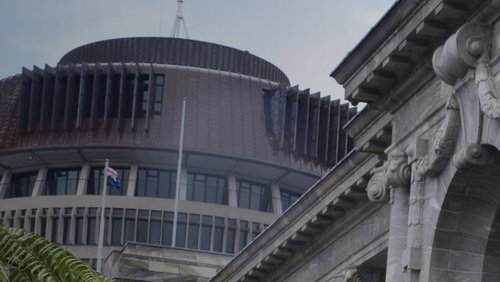30 Sep 2021
Currently, on 30 September 2021, Auckland is at Alert Level 3 and the rest of the country is in Alert Level 2. Here’s a summary of what engineers need to know about operating in the different alert levels.
Working in Alert Level 3
If you can work from home, you must do so. Where remote working isn’t possible, on-site work is permitted – as long as the appropriate health, safety, and physical distancing measures are in place for both workers and building occupants.
Employees must stay 1 metre apart on site. You can go into someone's home to work if you’re a tradesperson, but you must stay 2 metres apart from everyone in the home.
For more information on what work can be carried out at Alert Level 3 and how, check out these helpful links:
- See MBIE Building Performance website for information on operating at Alert Level 3
- See the COVID-19 website for information on working in people's homes at Alert Level 3
- See the CHASNZ website for Level 3 operating protocols
- See the WorkSafe website for information about working safely at Alert Level 3
Working in Alert Level 2
All building and construction work can continue at Alert Level 2, but physical distancing must be maintained by both workers and customers, and you must have a Covid-19 control plan in place.
You can travel domestically within Alert Level 2 regions, as long as you follow public health guidelines.
When working in someone's home, tradespeople must maintain a 2 metre distance from others and keep a record of the visit. Face masks and online payment options are strongly encouraged.
For more information on health and safety measures required, check out these helpful links:
Business travel for building and construction at Alert Level 3
Work travel across the alert level boundary is still strictly limited to help reduce the risk of Covid-19 spreading.
You may only travel across the boundary if your travel is permitted. Employers must make sure workers have acceptable evidence to cross the boundary.
F every worker crossing the boundary, you must apply for permitted business travel and have evidence that your reason for travel is permitted. Permitted reasons for travelling across the Alert Level 3 and 2 boundary remain the same as for the Alert Level 4 and 2 boundary.
Read more on permitted business travel and how to apply
The number of staff travelling across the boundary must be limited – as well as the number of times the boundary is crossed.
The team at Building Performance are busy processing applications, assessing the need for travel against Schedule 5 of the Public Health Order. If your business doesn’t meet the criteria for travel, please don’t apply. This may cause unnecessary delays for those who’ve applied and meet the criteria.
Testing
Anybody travelling across the alert level boundary is required to have evidence of a test taken within the seven days before crossing the boundary.
Targeted surveillance testing for Auckland Alert Level 3 workers
The Ministry of Health is undertaking targeted Covid-19 surveillance testing in Auckland to provide a level of assurance that there’s a low risk of undetected community transmission, prior moving to Alert Level 2.
Given the increased movement with some employees having returned to work in Alert Level 3, the Ministry of Health is asking businesses to support voluntary surveillance testing of their workers, which concerns construction workers who have returned to worksites.
Key points on surveillance testing
- Surveillance testing consists of one nasopharyngeal or oropharyngeal/nostril swab, and a single follow up test in the following week (if Auckland is still in Alert Level 3).
- This isn’t mandatory, but the Ministry is encouraging employers to support their workers to undertake this testing in Alert Level 3.
- Given this is a surveillance test, workers who choose to be tested don’t need to isolate, unless they have symptoms.
- Tests are free – and it’s up to employers on what arrangements they make with their workers who choose to undergo this testing.
- No on-site testing is in place: see list of testing locations.
- Workers already being tested – such as those crossing alert level boundaries – don’t need to undergo additional testing.





